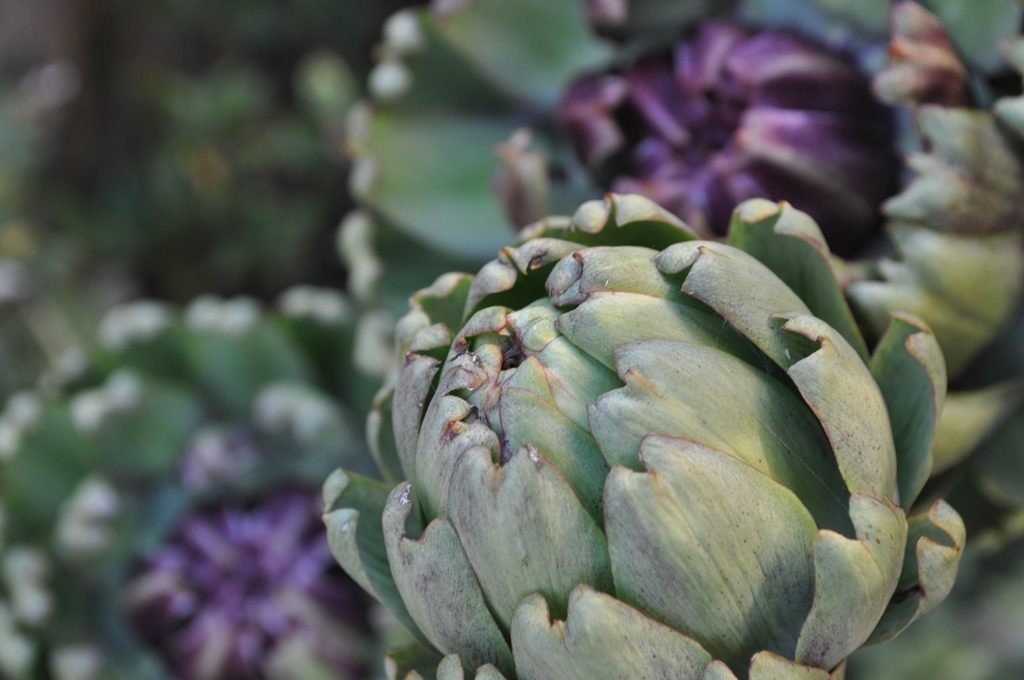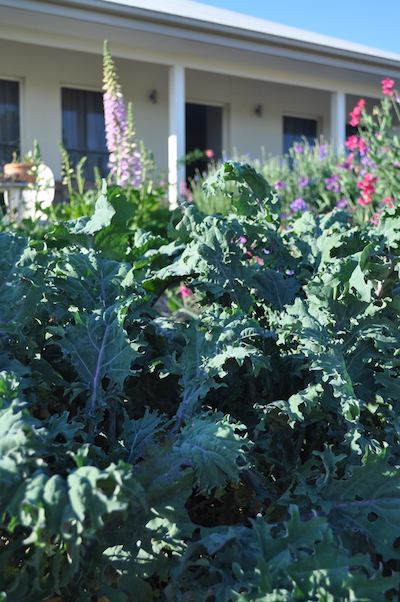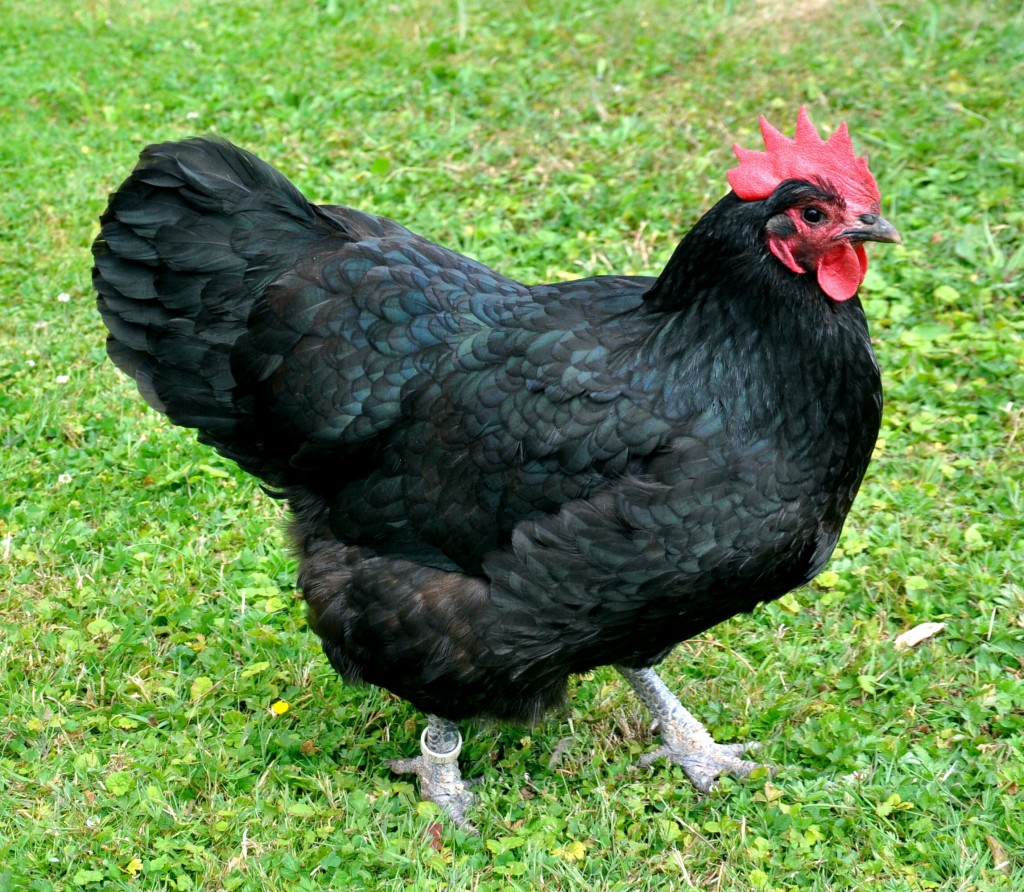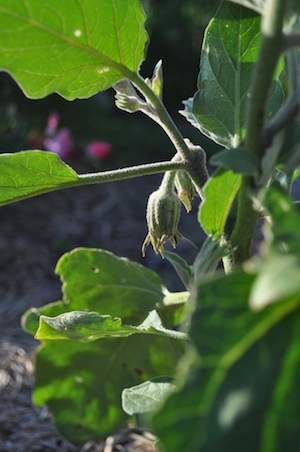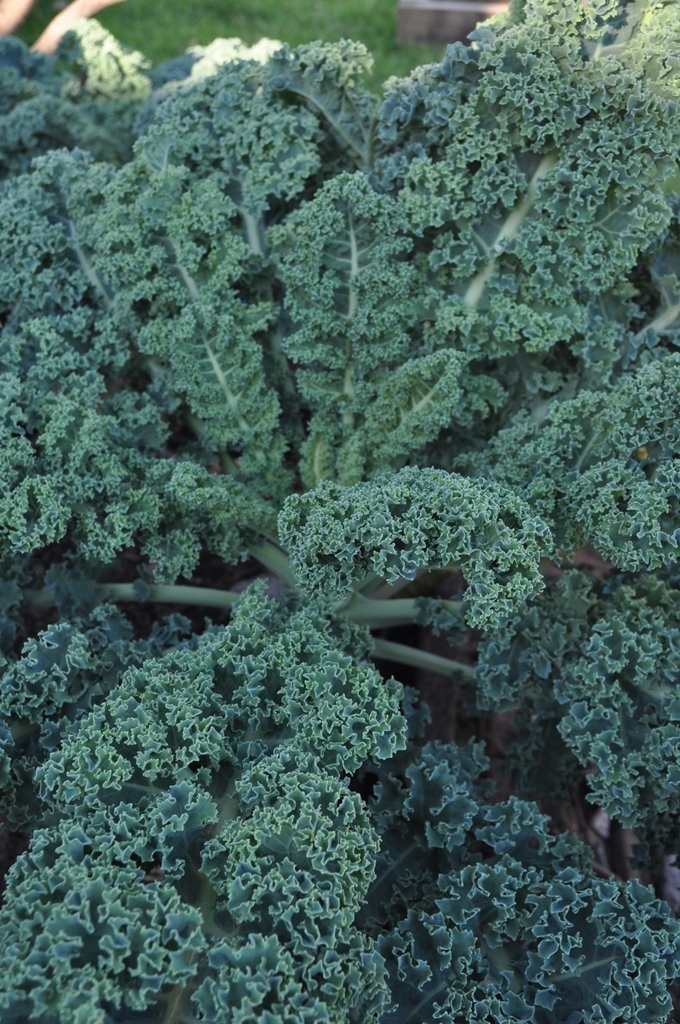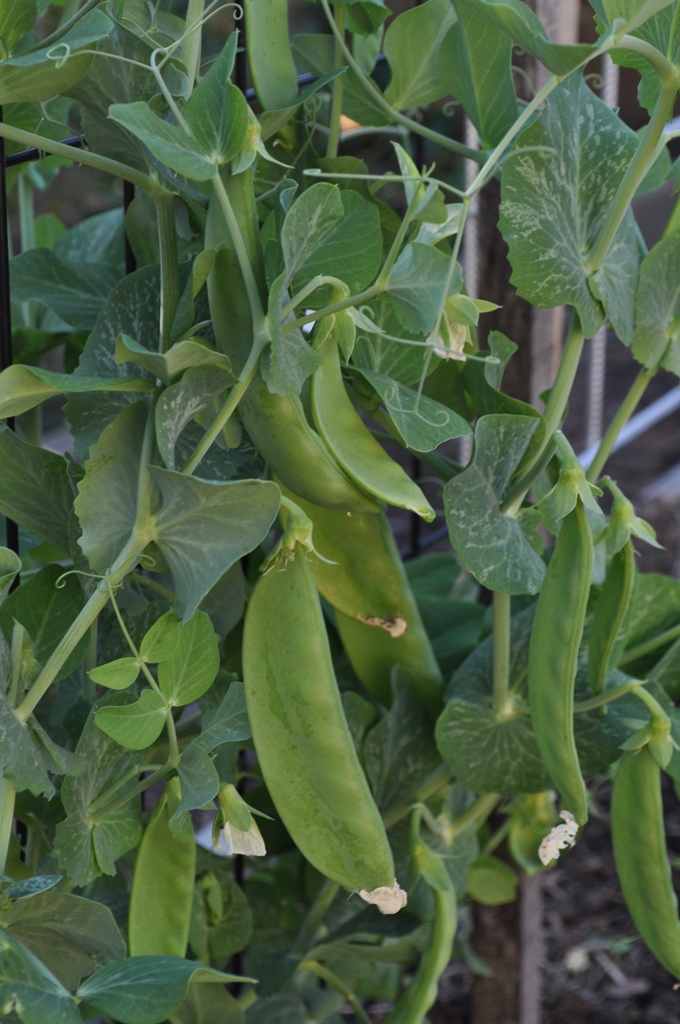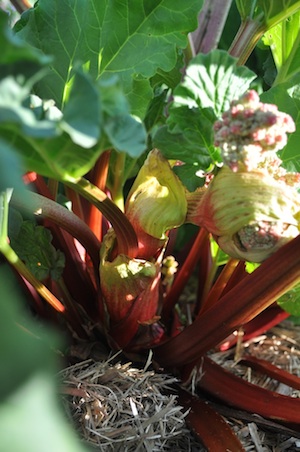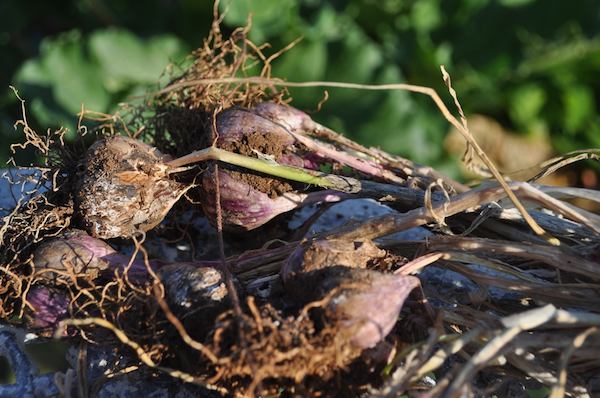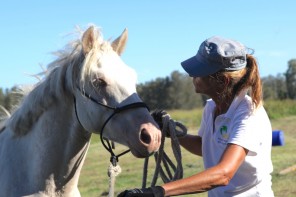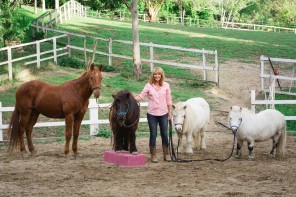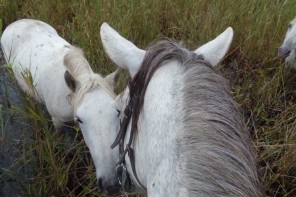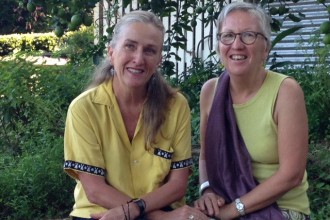When writer and teacher Siboney Duff was growing up she was the only girl she knew who wanted a Jersey cow instead of a pony. As an adult with a small suburban garden, she may not have the cow, but she’s learned how to make her ‘patch’ as productive as possible.
At least an acre, if not five. That’s how much land I figured I’d need to make good on the waking dreams I’d revelled in for most of my life – dreams featuring the rich aroma of cow dung and rotted chicken manure; where vegetables were plucked daily from perfectly rectangular (and perfectly weeded) beds, and chickens (shimmering ebony-jade Australorps, Australia’s own tranquil, reliable layer) wandered through burgeoning orchards.
I was the only girl I knew who’d read – cover to cover – John Seymour’s Complete Book of Self Sufficiency (published in 1978) by the time I was twelve; the only girl I knew who wanted a Jersey cow instead of a pony. By fifteen I’d discovered Bill Mollison, David Holmgren and permaculture; I’ve spent countless hours since then planning my future acreage and devouring articles on everything from grain milling to citrus grafting.
As the years passed and fiscal realities bit deep into my life, I compromised. I didn’t need five acres; I didn’t even need a whole one. Just give me half, I bargained with a god in whom I didn’t believe. As luck would have it, I ended up with 540 square metres – less if you take away the patch occupied by the house.
Located within the small village of Bangalow – twelve kilometres east of Byron Bay – the block on which I eventually settled would have no doubt profoundly disappointed my fifteen year old self. Almost flat, it boasts neither the flowing creek nor the wilderness pockets of my young imagination. It is angular, close to flat, and shares boundaries with three neighbours whose outdoor conversations require little more than a passing breeze to vault the paling fences that demarcate our boundaries.
But despite the fact that I have in arable land only two percent of what John Seymour had inspired me to envisage since puberty, I can hardly complain. My soil is dark, loamy, rich in nutrients and deeper than much of the soil throughout Australia. And at a latitude of 28 degrees, it is ‘bare bum warm’ at least eight months of the year. And then there’s the rain! Copious enough to at times annoy, it ensures steady plant growth and virtual independence from town water. In all, my little shoestring acre is as fertile as they come.
As Spring burgeons, I find myself scampering for time. The potatoes – Coliban and Kipfler – are waiting to be harvested. Bunches of broccoli have given way to random sprigs of broccolini which burst into flower faster than I can snip them from their towering stems. Snow peas are scrambling along wire trellises they will soon outgrow, behind which artichokes lean under the weight of their multi-crowned heads.
And the list of jobs requiring urgent attention continues…
The strawberries need mulching (recent rains have seen an explosion in the local slug population) and netting (I forget to do this most summers and end up losing half my crop to all manner of ravenous, sharp-beaked birds). The chicken coop needs cleaning, there are asparagus crowns waiting to be planted, and my side garden abounds with dainty yellow flowers, constant reminders that I need to get cracking and collect seeds from the bok choys, brocollis and tat sois that are going to seed and will soon wither and die.
But this morning my focus is on dessert.
I often forget how many food plants I’ve managed to squeeze onto my little allotment, only to be reminded at the most inopportune time. Like when I’m dashing to hang out the washing before heading off to work and I spot the sprawling, blushing strawberries under the clothesline. Or when I’m chasing the chickens into their pen at dusk and spy the blueberries patiently waiting for me to notice them before the hens do – six blueberry bushes surround the rainwater tank, two each of early, mid and late-ripening varieties, but there’s little point in investing in the early-ripening varieties if I’m not going to harvest them when they’re ripe. Even now, as I type under the front verandah, a cup of tea on the bench beside me while a late morning mist slowly lifts off the rolling hills to the south, there’s a clump of rhubarb just a few metres away calling my name.
So dessert it shall be, even though the sun has barely breached the horizon. I’ll stew some rhubarb stems with a handful of stevia, let that cool before tossing through some strawberries and blueberries, and then I’ll sprinkle rose petals and heartsease blossoms over the lot, all grown and harvested within my own suburban corner of subtropical paradise.
TOP TIP
October in the suburban permaculture garden: The Spring weather is both a blessing and a curse for the suburban gardener. The warming sun and the higher rainfall (especially in the subtropics) mean that everything – weeds included – is growing at break-neck speed. Be sure to pace yourself (avoid any strenuous tasks during the hottest part of the day) and your plantings. Stagger the amount and timing of your sowings and seedling transplants, and use those calm weekend afternoons to read up on your favourite preserving recipes – the spoils of Summer (and there will be many!) are just around the corner.

